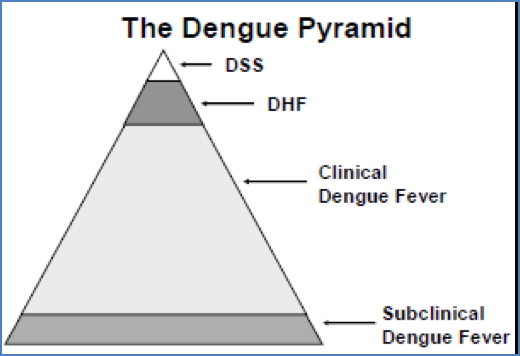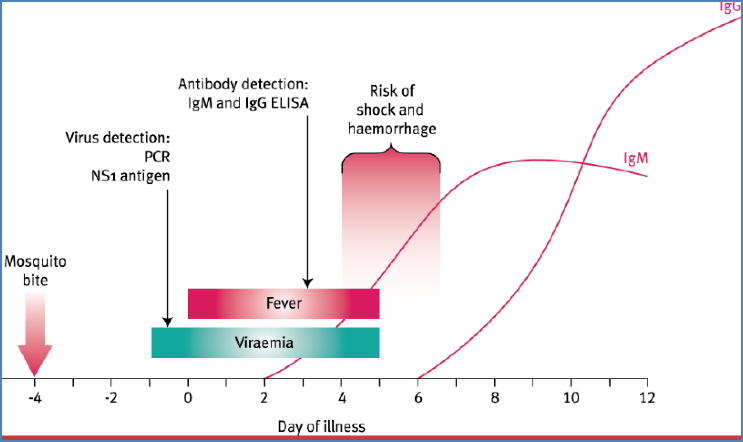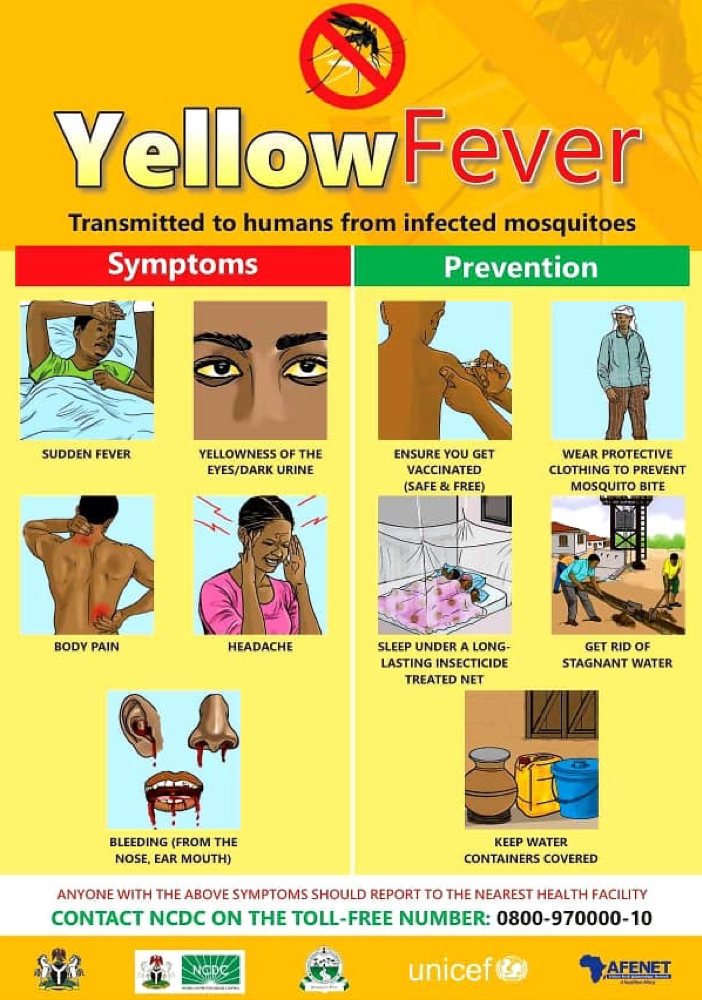Table of Contents
Overview – Arboviruses
Arboviruses are a diverse group of RNA viruses transmitted to humans through arthropod vectors such as mosquitoes and ticks. The term “arbovirus” is derived from arthropod-borne virus. Arboviral infections can range from mild febrile illnesses to severe, life-threatening diseases such as viral haemorrhagic fever and encephalitis. In tropical and subtropical regions, arboviruses like Dengue virus, Ross River virus, and Murray Valley encephalitis virus represent major causes of morbidity. Understanding arboviruses is critical for final-year medical students due to their clinical relevance in both diagnosis and outbreak response.
Definition
Arboviruses are a group of viruses transmitted by arthropods, particularly mosquitoes. They belong mainly to the Alphavirus and Flavivirus genera and are responsible for a variety of clinical syndromes including febrile illness, rash, arthritis, encephalitis, and haemorrhagic fevers.
Aetiology
Alphaviruses
- Ross River Virus (RRV): Transmitted by mosquitoes; causes fever, rash, and arthritis
- Barmah Forest Virus: Clinically indistinguishable from Ross River virus
Flaviviruses
- Dengue Virus (4 serotypes): Transmitted by Aedes aegypti; associated with haemorrhagic fever and shock
- Murray Valley Encephalitis Virus: Causes encephalitic illness
- Yellow Fever Virus: Transmitted by Aedes aegypti; leads to liver necrosis and jaundice
Pathophysiology
- Virus enters through arthropod bite
- Replicates in lymphatic endothelium
- Viraemia follows → systemic symptoms
- Adaptive immunity is primarily cell-mediated (CD8+ cytotoxic T-cells and natural killer cells)
- Long-term protection is humoral via neutralising antibodies
Clinical Features
Ross River Virus / Barmah Forest Virus
- Fever
- Maculopapular rash (trunk)
- Symmetrical polyarthritis
- Lethargy
- Symptoms may persist from weeks to years
Dengue Fever
- Fever, haemorrhagic/petechial rash, severe myalgia (“Breakbone fever”)
- Nausea, vomiting, abdominal pain
- Dengue Haemorrhagic Fever (DHF):
- Severe bleeding
- Leaky capillaries
- Shock (particularly in second infection with a different serotype)
- Dengue Shock Syndrome (DSS): Life-threatening; high mortality


Murray Valley Encephalitis
- Fever
- CNS signs: headache, neck rigidity, nausea, convulsions, altered consciousness
- ~20% mortality; 50% of survivors experience long-term neurological damage
Yellow Fever
- Jaundice from liver necrosis
- Affects kidneys and heart
- High case fatality

Investigations
- Serology: Antibody detection (IgM and IgG)
- PCR: Detection of viral RNA
- NS1 Antigen (Dengue): ELISA or rapid diagnostic tests
- IgG Titre: May be high in secondary infections
Management
- Supportive care is the mainstay (fluids, antipyretics)
- Avoid NSAIDs (e.g. aspirin, ibuprofen) in suspected Dengue to reduce bleeding risk
- No widely available vaccines (except for Yellow Fever)
- Dengue-related complications like DHF/DSS require close monitoring and aggressive fluid resuscitation
Complications
- Ross River Virus: Chronic arthritis, lethargy
- Dengue:
- DHF/DSS
- Severe anaemia
- Shock
- Multi-organ failure
- Murray Valley Encephalitis:
- Permanent neurological disability
- Death
- Yellow Fever:
- Hepatorenal syndrome
- Myocarditis
- Death
Differential Diagnosis
- Influenza
- COVID-19
- Rheumatic fever
- Meningitis/Encephalitis
- Systemic Lupus Erythematosus
- Viral exanthems (e.g. measles, rubella)
- Leptospirosis
Summary – Arboviruses
Arboviruses are a significant group of arthropod-transmitted viral infections that include Ross River virus, Dengue virus, Yellow Fever virus, and Murray Valley encephalitis virus. Clinical features can range from self-limiting febrile illnesses to life-threatening haemorrhagic and encephalitic syndromes. For final-year medical students, recognising the presentation, complications, and supportive management of arboviruses is critical. For a broader context, see our Microbiology & Public Health Overview.